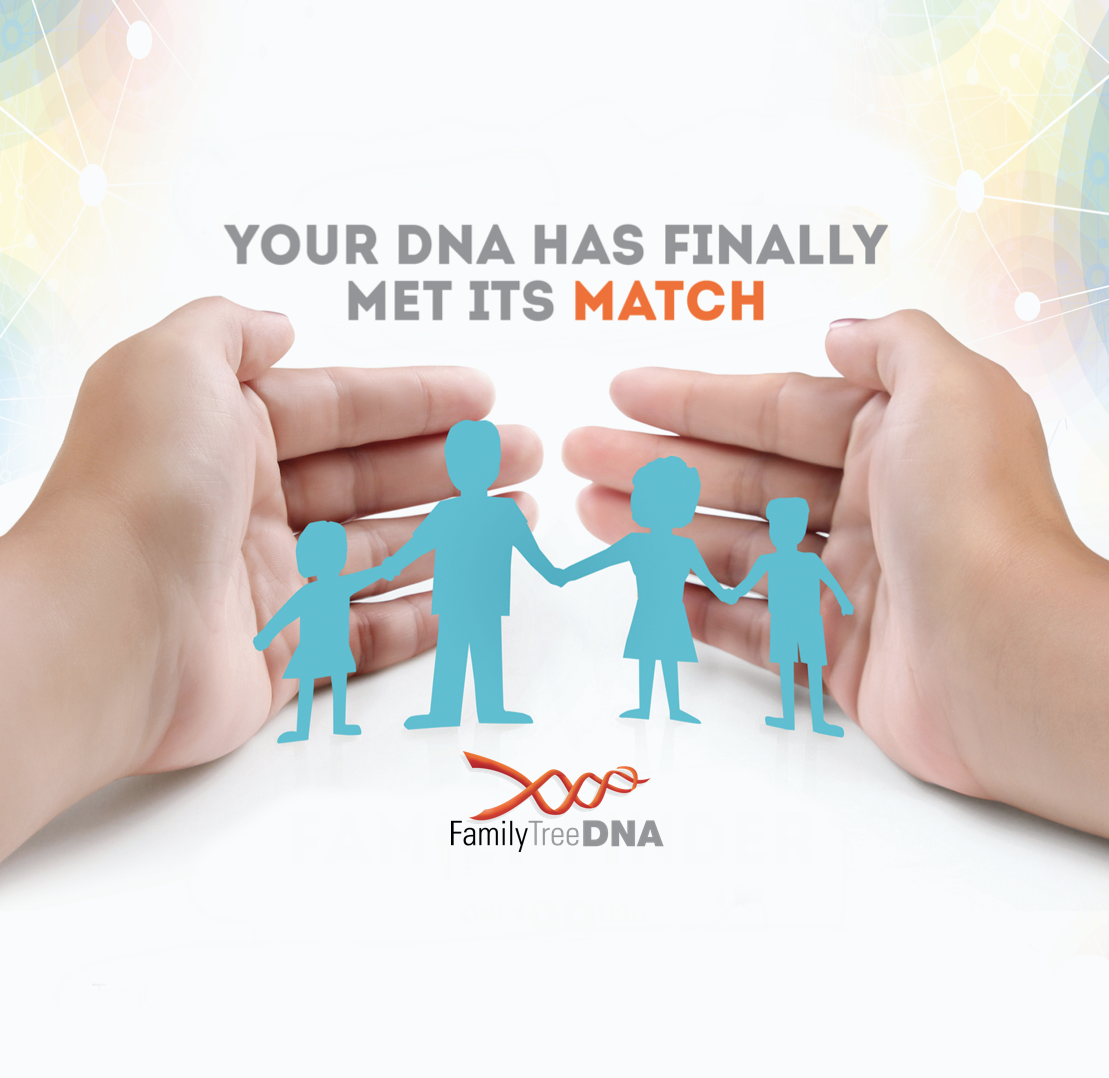Here are 3 other.
Shared with Jumpshare

jumpshare.com
CisalpineGaul3220,0.121851,0.147397,0.036243,-0.005468,0.046082,-0.007655,-0.002514,-0.001085,0.022409,0.034359,-0.002603,0.006852,-0.012408,-0.006548,0.00096,0.00044,0.0002,0.000867,0.002222,-0.00329,-0.000971,0.000781,-0.001263,-0.001414,-0.001681
i simulated these two from K13, because when using the other tool they came out really noisy, one with no WHG and 3% east asian, however on k13 they appeared normal. It will be nice if someone run their raw data with k36 and makes another sim to compare.
Shared with Jumpshare

jumpshare.com
Shared with Jumpshare

jumpshare.com
CisalpineGaul3298k13,0.132672,0.151932,0.057272,0.010298,0.048984,0.003025,-0.002816,0.004718,0.023170,0.029306,-0.003304,0.005860,-0.011525,-0.007824,0.006009,-0.001891,-0.001865,-0.001254,-0.002743,-0.000675,0.001554,-0.001518,-0.000598,-0.001270,0.000460
CisalpineGaul3206k13,0.130691,0.154574,0.056796,0.011439,0.049606,0.004264,-0.002919,0.002524,0.021473,0.029220,-0.004325,0.007630,-0.014948,-0.008556,0.006676,-0.002547,-0.000894,-0.001459,-0.003175,-0.002091,0.001109,-0.002174,-0.000474,-0.002486,0.000645







